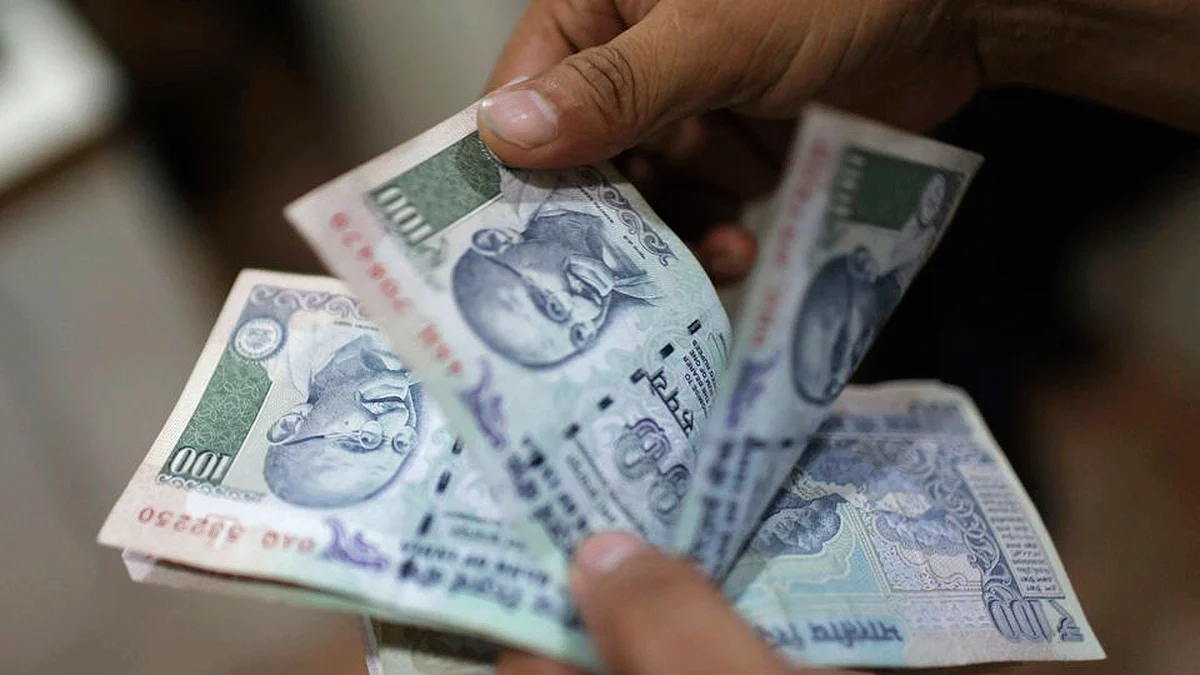From GST to Direct Tax: Ahead of Budget, Govt Is Short of Revenues
Government is short of three goals – GST collection, direct tax collection and disinvestment target.

advertisement
Two major planks on the financial front on which the Modi government has prided itself are higher revenue generation as compared to previous governments and tightening of the fiscal deficit.
By simple logic, accomplishing these two claims should mean that the government is in a comfortable space as far as the health of its coffers is concerned. However, hours ahead of the government’s last Budget, numbers show that it has failed to meet the targets set by itself.
As a matter of fact, the government is short of three goals – GST collection, direct tax collection and disinvestment target.
Rs 12 Trillion in GST – A Distant Dream
In April last year, the GST Council noted that the that the average monthly receipts in the fiscal year 2017-18 came at Rs 89,885 crore, marginally below the Rs 91,000 crore target.
The council said given the teething problems of the new tax regime, the collection was good enough. It further said that the monthly target for the financial year 2018-19 would be Rs 1 lakh crore or Rs 12 trillion annually. Since then several officials have expressed confidence on meeting the target on the back of easier compliance norms, tighter oversight of credit claims and recovery of growth in the overall economy.
In a blog titled ‘Eighteen Months of GST’ written in December last year, Finance Minister Arun Jaitley conceded that the GST target is ‘almost unachievable’.
A report by The Economic Times states that revenues from central GST (CGST), integrated GST (IGST) and compensation cess till November stood at Rs 3,83,900 crore, or 51 percent of the budgeted amount of Rs 7,43,900 crore.
Direct Tax Revenues Lagging Too
On more than one occasion, government stakeholders including Jaitley have asserted that digitisation of the economy has helped widening the tax net. The argument holds some water, as is evident in the buoyancy in income tax returns. However, on the direct tax front too, the government seems to be falling short of its own expectations.
While the mop up is 13.6 percent higher than that collected in the same period of the previous financial year, it is not enough to match the Budget target.
A Business Standard report suggests that CBDT Chairman Sushil Chandra has cautioned income-tax (I-T) officials about the direct tax collection growth rate and asked field officers to step up efforts.
Disinvestment – Another Nut Government Couldn’t Crack
One of the major success stories in the 2017-18 fiscal year was the better than expected performance of the government as far as disinvestments are concerned. As against a target of Rs 72,000 crore, the government managed to earn Rs 72,500 crore in disinvestments in the previous fiscal.
Buoyed by that, FM Jaitley, in his Budget speech previous year, set the target at Rs 80,000 crore for 2018-19, saying the government had initiated strategic disinvestment in 24 Central Public Sector Enterprises (CPSEs).
The biggest blow probably came in the form of failure to sell off Air India, which various estimates suggested would have fetched the government revenues in excess of Rs 60,000 crore.
A report by The Economic Times says the government could fall short of its target by as much as Rs 15-20,000 crore.
Fiscal Deficit Looming Large
It is hardly surprising that with the government failing to meet revenue targets from three major sources, the spectre of fiscal deficit is now haunting.
Resultantly, it would prove extremely difficult for it to meet the fiscal deficit target for 2018-19 of Rs 6.24 lakh crore, or 3.3 percent of gross domestic product (GDP). By November-end, it already stood at Rs 7.17 lakh crore, breaching the Budget Estimates by almost 15 percent.